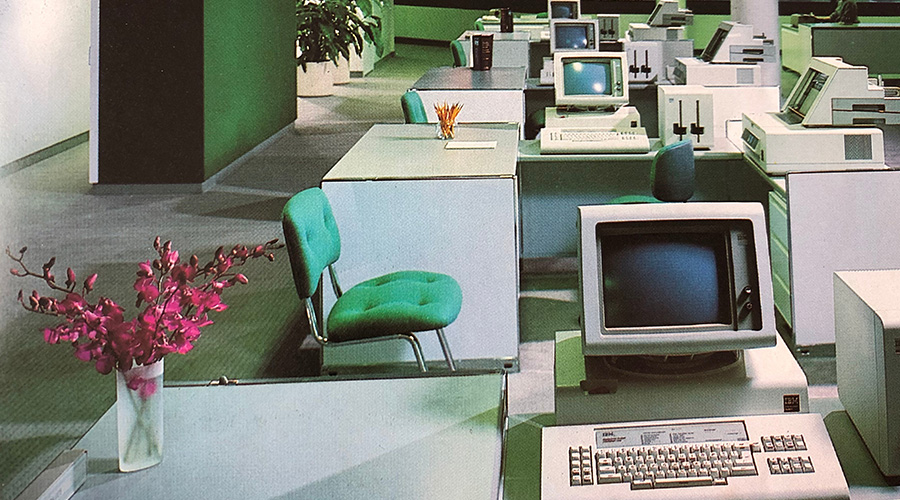Which Model is Best: Decentralized or Centralized?
Given these factors, the question for managers is, what is the most effective, efficient model for organizing facility services in large organizations? A closer look at each model reveals the pros and cons.
Decentralized model. This model is the most common. Here, you have a self-standing facility management organization and structure for each of the major business groups: the central plant, which handles major heating and cooling, electrical, and possibly the roads, grounds, and sidewalks; a central facility group, which handles classroom and office buildings, including electrical, HVAC, plumbing, and structures, once you get past the main valves and disconnects or, in some cases, when the utilities pass through the building walls or foundations; and a group that handles only the residences and dormitories.
These individual groups often have separate capital programs, purchasing and supply systems, fleets, maintenance teams and contractors. They typically enjoy higher customer satisfaction than do those in a centralized structure, as well as a better team attitude
and ownership.
On the downside, each group becomes its own silo within a large environment, which reduces the campuswide teamwork culture. The system also can result in different ways of performing the same work. Technical methods and specifications can be different between the groups, as can specifications for parts and supplies.
The negative aspect that management is concerned about is the redundancy in management and support personnel, as well as in capital-support equipment. It is important to note that with the decentralized structure, the higher management also is decentralized. So even from the very top of the organization, completely different cultures and visions for the mission of the team can exist, so the management styles and performance outcomes also will be different.
Centralized model. The centralized organization brings all of the facility management and maintenance groups into one organization, so control of standards and procedures becomes consistent across the entire organization. A centralized approach undoubtedly is more efficient, the quality of repairs and installations is higher, and more consistency exists in the approach to asset and equipment reliability.
The most common negative is typically a reduction in customer satisfaction. To address this challenge, the leadership team of the program and process must be very strong and have best-in-class performance measures in place so everyone can easily see even the most subtle changes in performance.
The best way to structure the centralized approach is to have all involved parties fall under the leadership of a director of engineering and maintenance. That person's counterpart or peer would be the director of facility operations or the person who manages the day-to-day operations of each type of building service, such as residences, sport venues, classrooms, and research buildings.
Related Topics:













